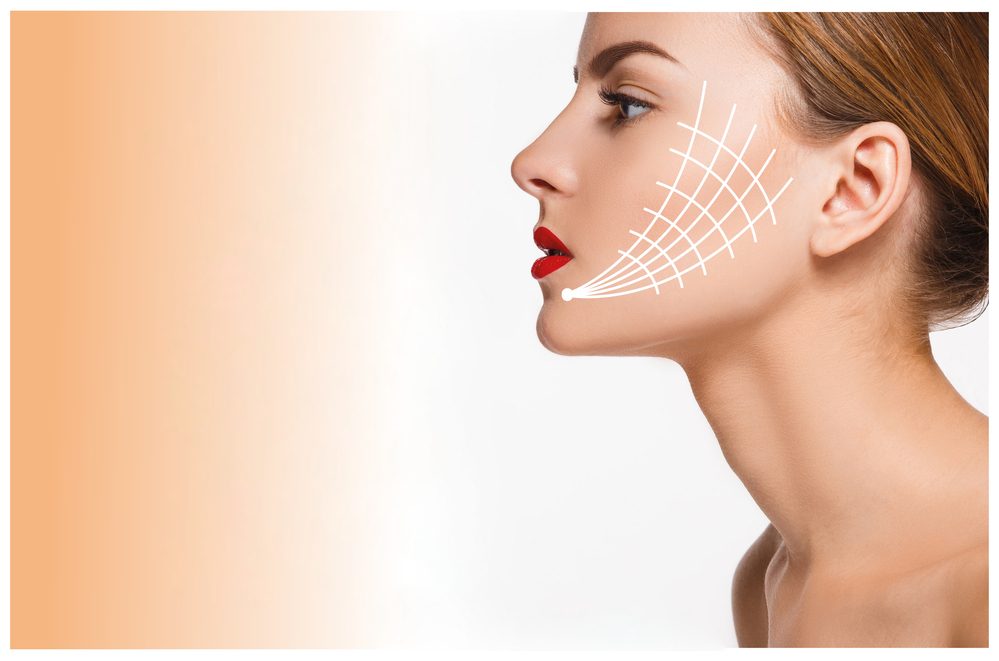
Two options exist for breast surgery. A woman can have her breasts reconstructed with implants, or she can use her own tissue. For an autologous reconstruction, the doctor can use the woman's lower abdominal wall segment or back muscle and fat to create new breast tissue. A mastectomy can be done on a woman who is nipple or skin-sparing. Both will cause scarring. Breast surgeries aren't for everyone.
Breast reduction surgery
Most breast reduction surgeries can be performed outpatient. Patients may experience swelling and discoloration immediately after the procedure. This swelling will gradually disappear. The bandages and sutures will be removed in a few weeks. After that, the patient should stop engaging in strenuous activities and rest for around a month. There will be some discomfort after a breast reduction, but they will become less noticeable and more natural over time. The results of the surgery will be seen six months to a year after the procedure.
Following the surgery, the surgeon will place an incision in the skin along the natural crease of the breasts. These incisions are used to remove excess skin and fat. Some women may also have their areolae raised. The surgeon will close the incision with dissolvable internal or external sutures. The patient may need to remain in the hospital for up to an overnight period during recovery. After the surgery, the patient is released from the hospital. It will take two to five hours to complete the surgery.

Nipple-sparing mastectomy
A Nipple-sparing mastectomy is an alternative to radiation treatment for breast cancer. This procedure preserves the patient's natural looking breast while avoiding the risks associated with radiation treatment. However, not all women who undergo this surgery will want to avoid radiation. Around 30% of new cases might not have radiation treatment after having a complete mastectomy. This type of surgery can be done for women with small or large breasts.
Although this type of surgery may not be widely available, the results are excellent. It preserves the entire outer layer of breast skin, as well the nipple area and darker circle. A breast reconstruction is usually performed right after a NSM. While it is not commonly used for mastectomy, it is becoming a more popular option to traditional breast cancer treatments. Its benefits outweigh its disadvantages.
Skin-sparing mastectomy
A skin-sparing mastectomy is a surgical procedure in which all of the breast skin, excluding the nipple and areola, is preserved. This allows the surgeon not to scare the breast. To replace the volume lost, the surgeon will use a flap/implant. There are two types: the TRAM or Latissimus skin-sparing mastopexy. Both uses the tissues and muscle of the body to reconstruct the breast.
There are several benefits to skin-sparing mammectomy, including preservation of the native and inframammary skin envelopes. The procedure improves the cosmetic results of the reconstructed breast by preserving the inframammary fold and native skin envelope. This procedure also eliminates the need of contralateral symmetrizing. However, skin-sparing matectomies come with a variety of risks.

Modified radical mastectomy
A modified radical mastectomy may be an option for you if you are concerned about the potential risks involved in undergoing a mastectomy. Modified radical mastectomy does not remove the entire breast. This type is also good for breast tissue preservation. These procedures are not performed by all surgeons. You should speak with your doctor before making a decision about which type of surgery you want.
Although most hospitals now use a traditional modified mastectomy, it is still not widely used. Modified radical mastectomy techniques are geared towards protecting the anterior nerve and the intercostobrachial. These nerves are to be preserved for sensory functions only. These techniques are similar to those used by Halsted Meyer, Patey, and Meyer. One such approach was described by Moore61 in 1867.